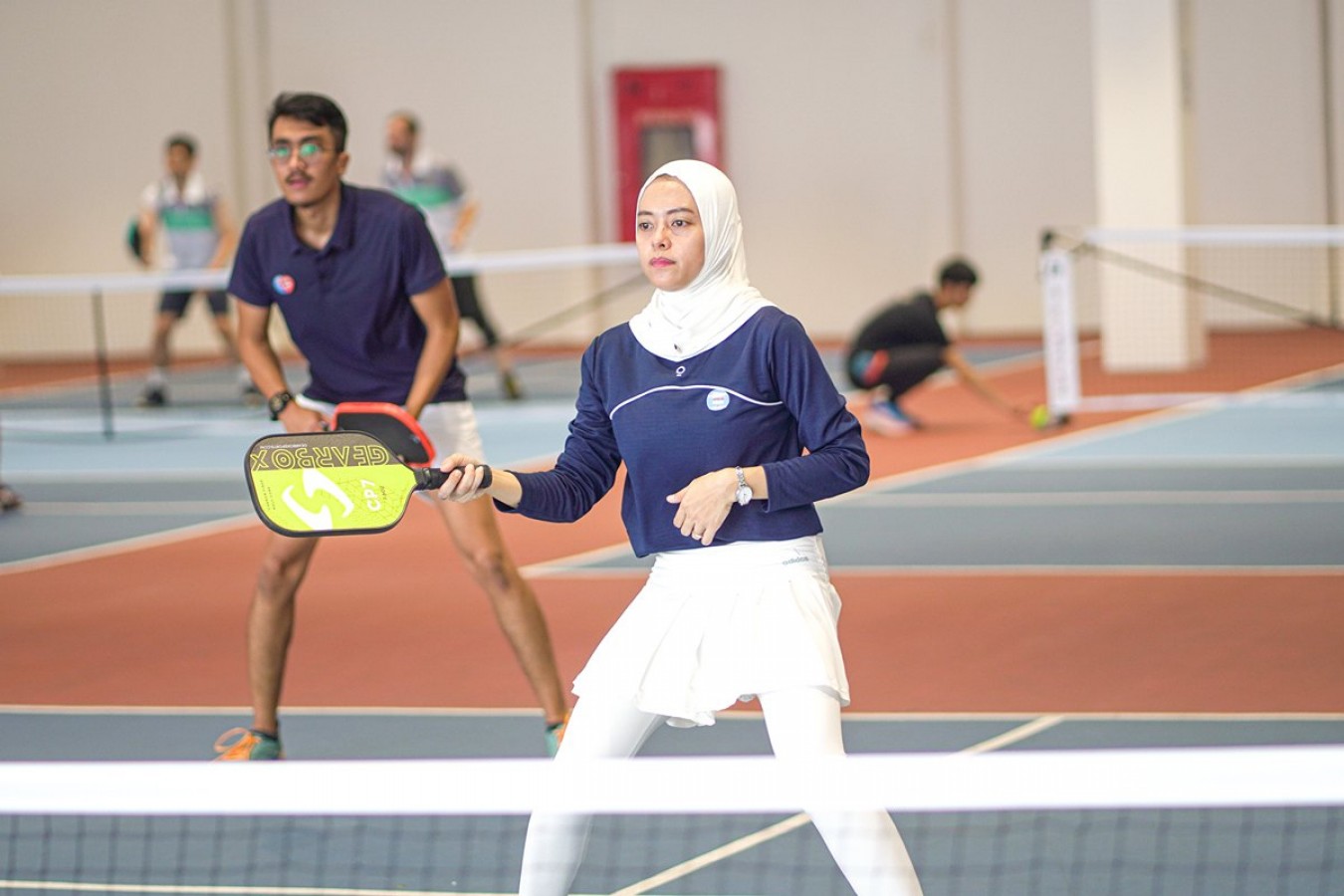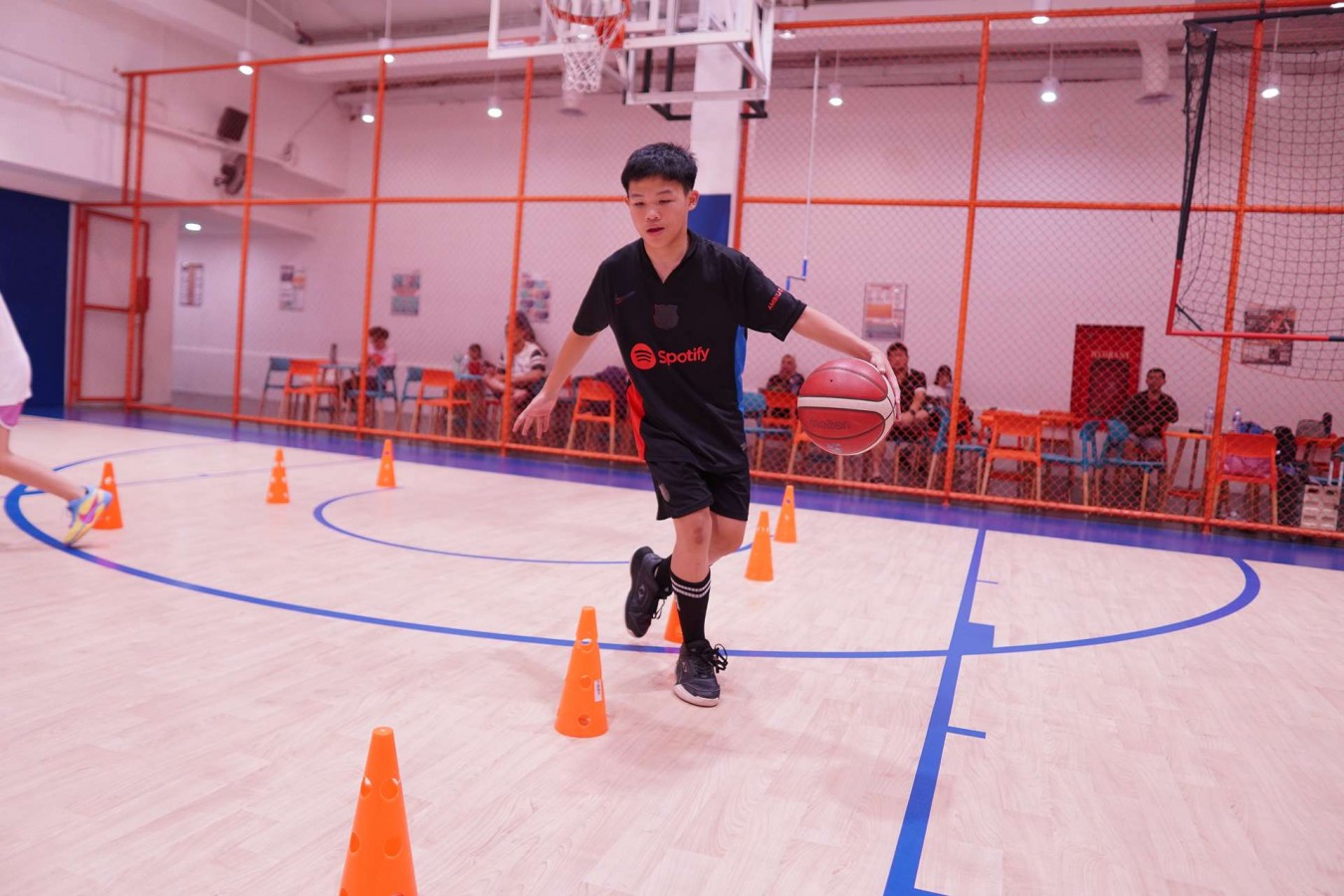Back Spot Cheer: Drills and Workouts to Perfect Your Cheerleading Game
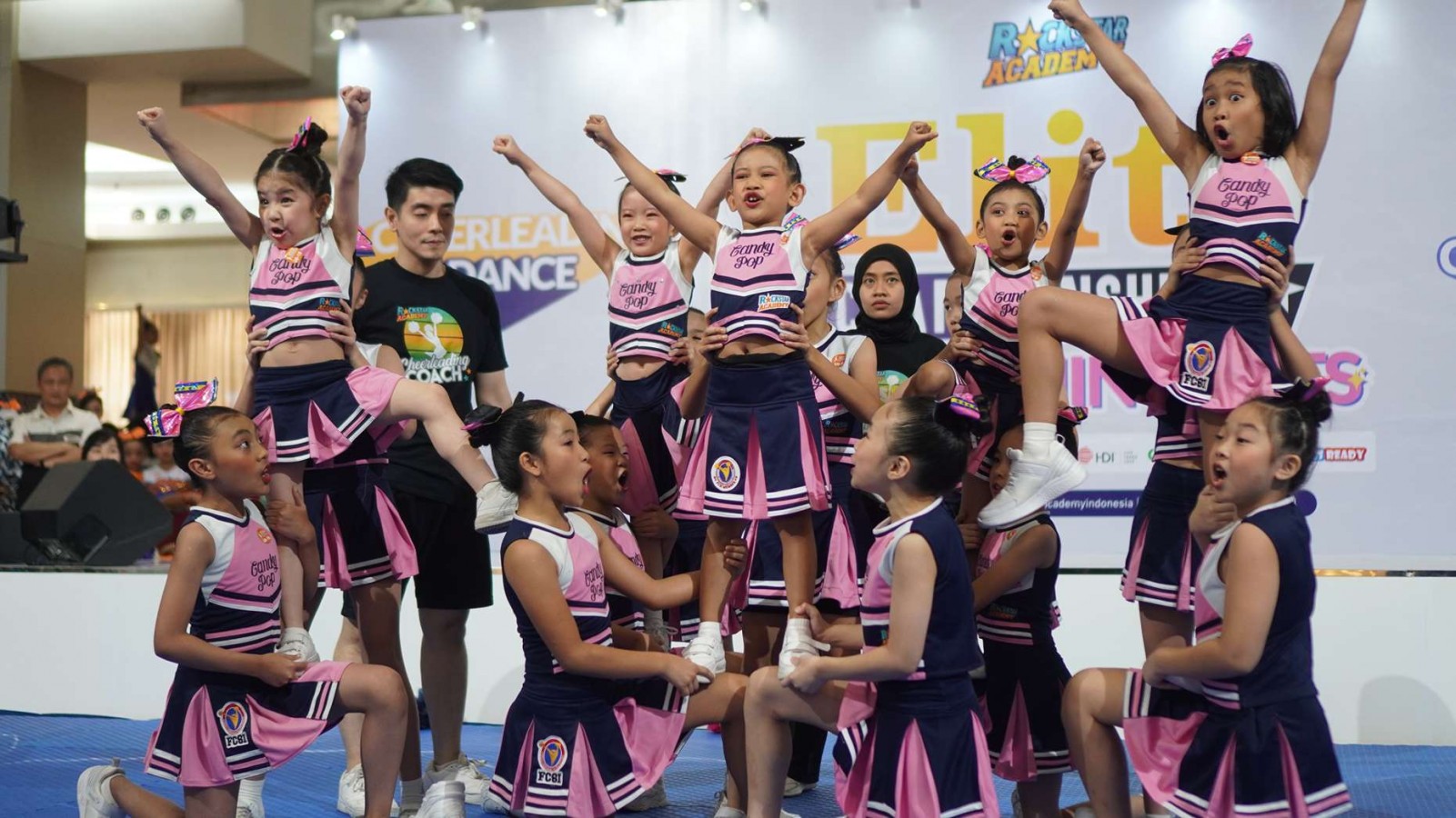
Each cheerleading role is important, every position plays a vital role but the back spot is one of the most essential, especially when it comes to safety and stability in stunts.
Often working behind the scenes, the back spot ensures that flyers stay secure, stunts remain balanced, and performances run smoothly. If you’re looking to level up your cheer game, mastering the back spot position is a must. To learn more, keep reading this article!
What Is a Back Spot?
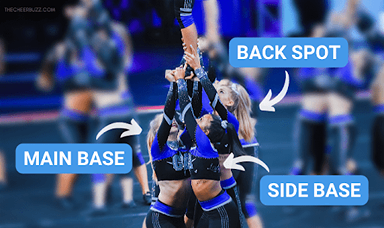
In cheerleading, a back spot (also known as the “third”) is the team member who stands behind a stunt group typically behind the cheerleading flyer and bases to provide essential stability and safety.
While the bases support the flyer from the front or sides, the back spot adds strength from behind, supports the flyer’s ankles or calves, and watches the stunt from start to finish to prevent falls
Back Spot Responsibilities
The back spot may not always be in the spotlight, but their responsibilities are crucial to every stunt’s success and safety. The back spot plays several crucial roles, such as:
- Stability & Safety: They help steady the stunt and catch the flyer if a fall occurs, particularly protecting the head and neck area.
- Synchronization: Often calling out stunt names and counts helps the entire group coordinate timing and execution.
- Support & Boost: They assist in lifting, guiding, or stabilizing the flyer’s legs or hips during the build and hold phases of the stunt.
- Visual Control: Staying focused on the flyer throughout ensures that any misalignment or fall is caught immediately.
How to Perform a Back Spot

To perform a back spot in cheerleading, stand behind the flyer with a stable stance, knees slightly bent, and hands ready to support the ankles or hips.
Your job is to guide the lift, help steady the flyer throughout the stunt, and assist with a safe and controlled dismount.
1. Position & Grip
Stand directly behind the flyer with your feet shoulder-width apart and knees slightly bent for stability. Depending on the stunt, you may grip around:
- Ankles – for stunts like an elevator or prep.
- Calves – for higher stunts where you need more control.
- Waist or hips – for certain basket tosses or single-leg stunts.
2. Communication
Clear and consistent communication is essential for a successful stunt. Use voice calls, counts, and stunt names to cue timing for the entire group.
Establish eye contact with both the bases and the flyer before starting, ensuring everyone is ready. For instance, calling out “1-2-3-up!” helps synchronize the lift so all team members move together.
3. Watching & Catching
Your focus should remain on the flyer from the moment the stunt begins until the dismount is complete. Watch closely for any signs of imbalance and be prepared to step in immediately to stabilize or catch.
This quick response can prevent injuries and keep the stunt running smoothly. If the flyer starts leaning to one side, you may need to guide their hips back to center or help absorb their weight in a controlled fall.
4. Body Mechanics
Good body mechanics are key to avoiding injury while providing maximum support. Stay tall and lift or support using your legs and core, not your back. When catching, bend your knees to absorb the impact while keeping your weight centered for stability. This not only protects your own body but also ensures the flyer lands safely.
5. Trust & Coordination
A successful stunt relies on strong trust and coordination among the stunt group. Work in sync with the bases, matching their movements and responding to cues together.
Building this trust comes from regular practice, rehearsed timing, and specific partner drills.
Drills & Workouts for Back Spots
To excel as a back spot and especially to support moves like a cheerleading cartwheel, you need strength, stability, agility, and coordination. The following drills target those areas:
1. Pull-ups & Rows
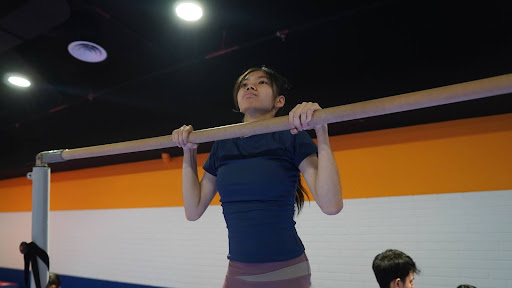
Grip a pull-up bar with your palms facing away (overhand) or toward you (underhand for chin-ups). Engage your core, pull your chest toward the bar by driving elbows down, and lower slowly with control.
These exercises build upper back and grip strength essential for supporting flyer weight.
2. Squats

Stand with feet shoulder-width apart, toes slightly out. Keep chest up, bend knees and hips to lower until thighs are parallel to the floor, then push back up through heels. Squats enhance posterior chain and leg strength to handle lifting or catching with power and control.
3. Planks & Russian Twists
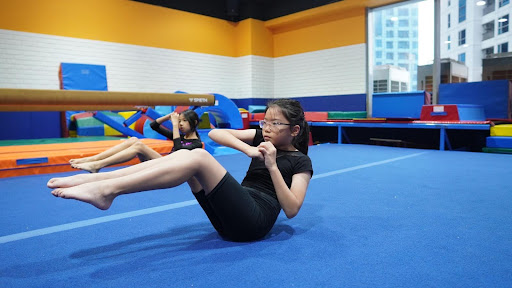
Planks and russian twists reinforce core endurance and rotational control, crucial during stunts and landing phases.
To do plank, start on elbows or hands, shoulders stacked over wrists/elbows, body in a straight line from head to heels. Engage your abs and glutes, and hold without letting hips sag.
While russian twists, you can start by sitting on the floor, lean back slightly, lift feet if possible, and clasp hands or hold a weight. Rotate torso side to side, tapping the floor near your hips.
4. Regular Stretching and Flexibility Work
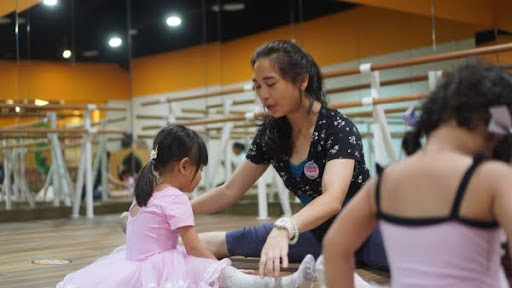
Regular stretching is good to engage hamstrings, hips, and shoulders. This reduces injury risk and improves mobility during high-level stunts or tumbling in cheerleading.
Cartwheel Training Drills

While cartwheels are typically flyer skills, mastering cartwheel technique as a back spot supports both spotting and potential tumbling involvement:
1. Hand Placement Practice
Line up cones or markers and repeat proper hand placement perfecting alignment and wrist position.
2. Wall-Assisted Cartwheels
Use a wall for guidance to build arm strength and body alignment control.
3. Spotting Cartwheel Reps
Work with a flyer or peer and let them perform cartwheels while you spot their wrists or hips, helping them safely complete each rep.
4. Memory & Muscle Control
Alternate performing cartwheels yourself then spotting others to better anticipate movement and engage appropriate muscles.
Be The Strongest Back Spot in Your Team!
Mastering the back spot role is crucial for safe and effective cheerleading stunts. It involves being alert, supportive, and physically prepared through proper technique and conditioning.
If your children are passionate about cheerleading, the Cheerleading Program at Rockstar Academy is the perfect place for them to grow their skills and shine.
Our program not only focuses on building strength, flexibility, and teamwork but also gives students the chance to showcase their talent in exciting events and competitions, including the Cheer Recital, Elite Championships, and RockOlympics.
With expert guidance, a supportive environment, and plenty of performance opportunities, your child can develop both as an athlete and a performer while having an unforgettable time.
As the best Sports & Performing Arts Academy, we also offer a free trial class, available at locations across the Jabodetabek area. Come see how far your cheer journey can go with the right training and support!
FAQ
Do back spots need to tumble or do cartwheels?
While it’s not required, many back spots do develop tumbling skills like cartwheels to support flyer transitions, assist with drills, or fill in routines. Practicing cartwheels also improves body awareness and spotting proficiency.
How often should back spots train strength exercises?
Aim for 2–3 sessions per week focusing on upper body, legs, and core. Combine these with stunt-drills and tumbling practice weekly for optimal progress.
Can beginners learn to be back spots right away?
Yes. Beginners can start with spotting basics, body position, and grip drills before advancing to full stunts. Strength and flexibility training can begin early and scaled to experience.
What should I do if I feel unsafe during a stunt?
Prioritize safety: stop the stunt, communicate with your team, and rehearse at lower heights. Gradually build strength and technique before attempting full-height builds.
